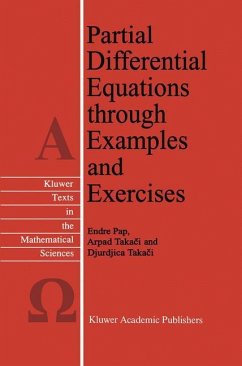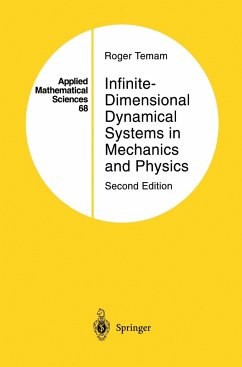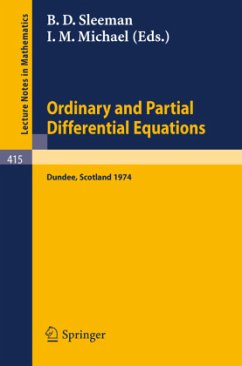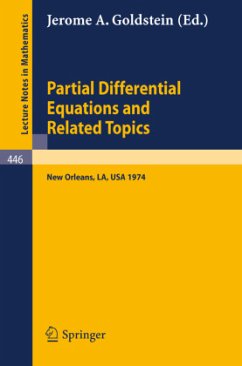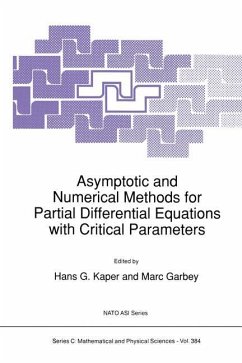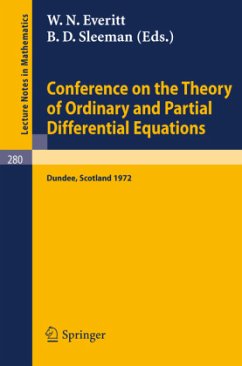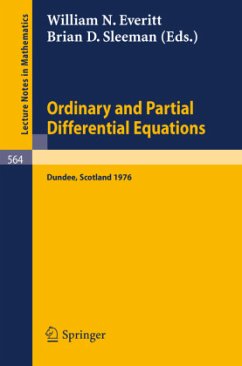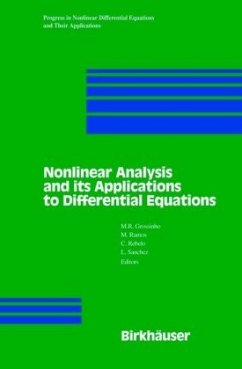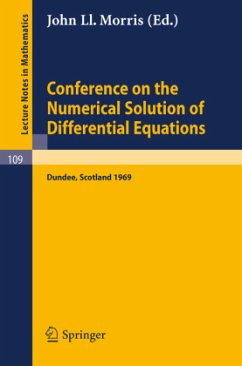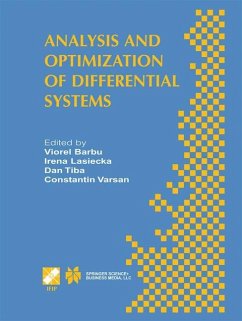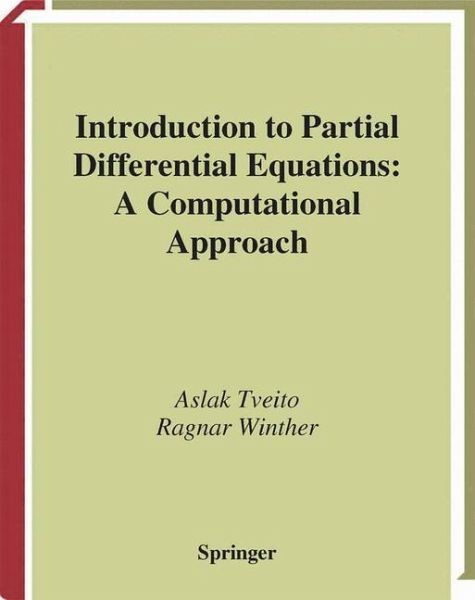
Introduction to Partial Differential Equations
A Computational Approach
Versandkostenfrei!
Versandfertig in 6-10 Tagen
38,99 €
inkl. MwSt.

PAYBACK Punkte
19 °P sammeln!
"It is impossible to exaggerate the extent to which modern applied mathematics has been shaped and fueled by the g- eral availability of fast computers with large memories. Their impact on mathematics, both applied and pure, is comparable to the role of the telescopes in astronomy and microscopes in biology." - Peter Lax, Siam Rev. Vol. 31 No. 4 Congratulations! You have chosen to study partial di?erential equations. That decision is a wise one; the laws of nature are written in the language of partial di?erential equations. Therefore, these equations arise as models in virtually all branches ...
"It is impossible to exaggerate the extent to which modern applied mathematics has been shaped and fueled by the g- eral availability of fast computers with large memories. Their impact on mathematics, both applied and pure, is comparable to the role of the telescopes in astronomy and microscopes in biology." - Peter Lax, Siam Rev. Vol. 31 No. 4 Congratulations! You have chosen to study partial di?erential equations. That decision is a wise one; the laws of nature are written in the language of partial di?erential equations. Therefore, these equations arise as models in virtually all branches of science and technology. Our goal in this book is to help you to understand what this vast subject is about. The book is an introduction to the ?eld. We assume only that you are familiar with - sic calculus and elementary linear algebra. Some experience with ordinary di?erential equations would also be an advantage. Introductory courses in partial di?erential equations are given all over the world in various forms. The traditional approach to the subject is to introduce a number of analytical techniques, enabling the student to - rive exact solutions of some simpli?ed problems. Students who learn about viii Preface computational techniques on other courses subsequently realize the scope of partial di?erential equations beyond paper and pencil.





